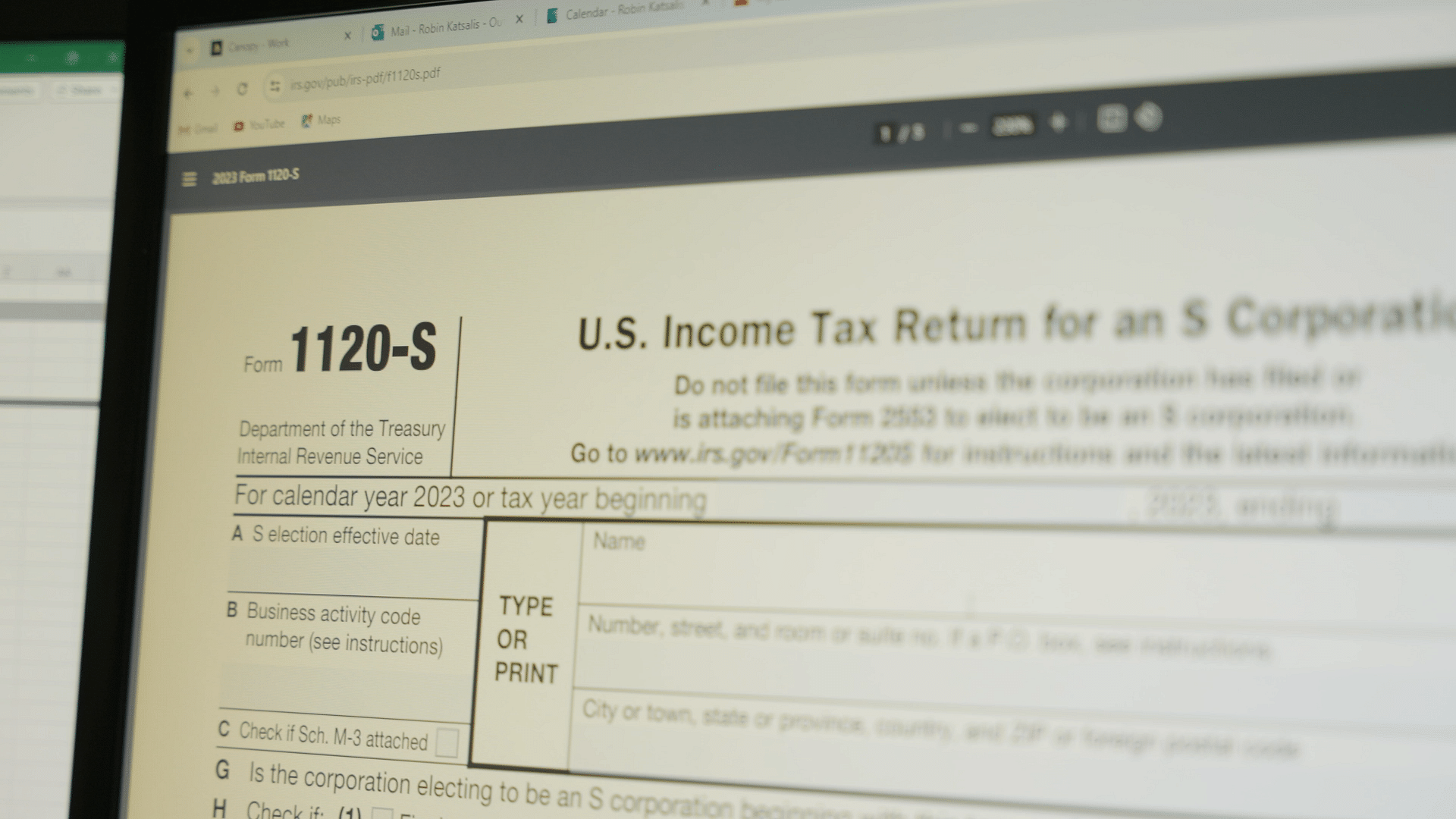
Tax Shifting Ideas to Reduce Your Bill to Uncle Sam
Sep 4th, 2020
Is there a taxable income reduction idea you can use?
Many tax experts talk about shifting your tax burden from one year to the next. While in theory it may make sense, how can you make it work for you in practice?
The concept
Since the tax code is complex in its construction, there are often opportunities to reduce your tax burden by controlling the amount of your taxable income. This is because:
- Income tax rates vary from 0% to 37% depending on your income and filing status.
- Many tax breaks have income limits.
- Tax breaks have income phase-out ranges.
- Incremental taxes like the alternative minimum tax are triggered by income level.
So if you can shift your income and expenses from one year to the next, you could create a net tax obligation for both years that might be lower than if you did nothing. Here are six great ideas to accomplish this.
Six great tax shifting ideas
Idea 1 - Know the rules. Identify whether you are a good candidate for using shifting as a tax planning strategy. For singles, the income tax rate increases 80% or more on earnings over $40,125. For married couples, that increase occurs with adjusted gross income over $80,250. But other tax benefits are lost at different income levels. Common tax breaks subject to income limits are child tax credits, earned income credits, educational credits, premium health care credits and many educational tax benefits.
Idea 2 - Load up your contributions. If you itemize your deductions, consider loading up your cash and non-cash contributions into the year that lowers more highly-taxed income. For example, you could shift next year's donations to your church into this year. This bunching of itemized deductions into one year makes even more sense with the higher standard deductions introduced in 2018.
Idea 3 - Leverage the cash basis concept. You can take a deduction when you pay for it. A credit card receipt is good on the date you run the transaction and not when you pay your monthly bill to the credit card company. Knowing this, you could pay a property tax statement or a house payment either a little early or a little late to change whether that deduction occurs in this year or next.
Idea 4 - Stop working. There are many cases when this technique is an important tax shifting tool. The most common example applies to those who are under the full retirement age and receiving Social Security benefits. If this applies to you, consider actively managing your part-time work or you could end up paying taxes on some of your Social Security benefits or even losing some of them. Work can also hurt your tax situation when a dependent's wages put you over the earnings threshold to receive the Health Insurance Premium Tax Credit. It may make sense to stop working or arrange to get your last paycheck delayed into the following year.
Idea 5 - Manage retirement plan distributions. Those over age 591/2 can use distributions from pre-tax retirement plans to tightly control their taxable income. Your withdrawal calculation should include evaluating how to maximize the tax efficiency of your income. An analysis may indicate it is better to take out a little more this year to get these retirement earnings taxed at a lower rate than if you waited until next year.
Idea 6 - Manage your stock and investment sales. You have up to $3,000 in investment losses that can offset your higher-taxed ordinary income. Use this to your advantage when deciding whether to take a stock loss this year or next. If done correctly, you can match your stock loss against ordinary income which is taxed at a higher rate.
By shifting your taxable income to the right level, you can often reduce your tax bill. Please call if you wish to have a review of your situation.


Let’s Help Eliminate Your Stress
If you choose Appletree Business Services for your bookkeeping, payroll or tax needs, you’ll find that good things begin to happen in your business. Your common financial challenges will become simple with a clear map to create your ideal situation. More than that, we’ll identify your “typical” stresses and help make them go away.